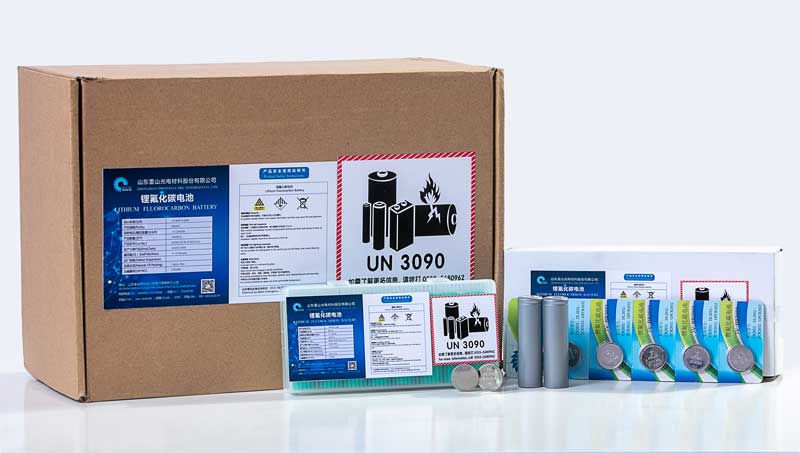1.With high specific capacity and high energy density, fluorocarbon batteries are easy to be miniaturized.
2.The excellent chemical and physical stability of the fluorocarbon ensures the safety of the Li-(CFx)n battery. It is still very safe in the case of short circuit, extrusion, collision, over discharge and high temperature.
Some friends who are initially in contact with stepper motors often misunderstand stepper motors. Today, Dalan motor manufacturers will take you to understand stepper motors correctly. Here we take bipolar stepper motors as an example because it is currently compared common.
1. Temperature
Stepper motors usually heat up, because there are many phenomena that convert electricity into heat, even if it does not rotate. Repeatedly exceeding the maximum rated temperature will of course damage the motor.
2. Microstep
Microstep can increase the position resolution, but consumes a lot of torque. Above a certain point, about 1/10 or even 1/16 microsteps, very high-quality motors and drivers are required. Even if your motor and driver are guaranteed to do 1/32 microsteps, will it work with the system? A linear table with a single start and 10 threaded screws per inch is directly connected to a typical 200 step motor per revolution. Each complete step of the motor will translate into a linear motion of 0.0005 inches and a full revolution of the shaft into a motion of 0.100 inches. On the surface, the same system with 1/32 microsteps will be able to perform in linear steps of approximately 0.00015 inches. However, the elasticity and static friction in the system will transform these tiny axis rotations into a linear stage for any movement. For stepper motors, when this frequency is reached, usually at a specific speed, each step will "ring" like a bell. This ringing can lead to missed steps, which can become a big problem for open loop systems. In some cases, it may cause severe vibration. In the case of cutting machine tools such as bench lathes or milling machines, this vibration can be seen as a vibration on the surface of the workpiece. Because the microstep shortens the shaft travel between the steps, less energy causes ringing.
3. Rated voltage and power supply voltage
Perhaps one of the biggest confusions is the difference between the coil voltage listed in the stepper motor data sheet and the larger power supplies that are commonly used. If the 3.4 volt coil voltage is listed in the data sheet, how does it work with a 48 VDC power supply? Or is it an 80-volt power supply? Then it can be done because most of the available stepper motor drivers are called chopper drivers. These drivers monitor the coil current rise and ignore the coil voltage. When the current reaches a predefined threshold (maximum motor current), the motor power is turned off. Do not exceed the maximum rated voltage of your drive.
4. Voltage * (tim / inductance) = coil current
The current through the 50mH inductor increases in proportion to the applied voltage within a 1 ms interval. If the motor has stepped to a sufficient saturation state to produce the required torque, then it will start to lose steps. In fact, if you find that your motor lacks a speed step, then you get a higher voltage power supply.
In summary, regarding stepper motors, Dalan motor manufacturers will tell you so much. In fact, there are many different types of stepper motors, and there are many characteristics between different types. Discussed together, interested friends can check the information and study.
----- Responsible Editor: Dalan Oil Pump Motor 02-Procurement Consultant
Copyright http: / (Dalan Motor) Reprint, please indicate the source
================================================== ================================================== ======

Shandong Zhongshan Photoelectric Materials Co., Ltd , https://www.cnzsem.com